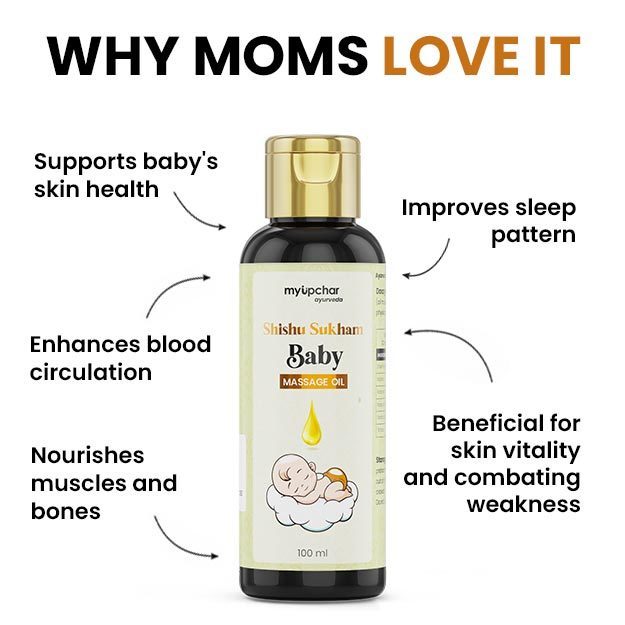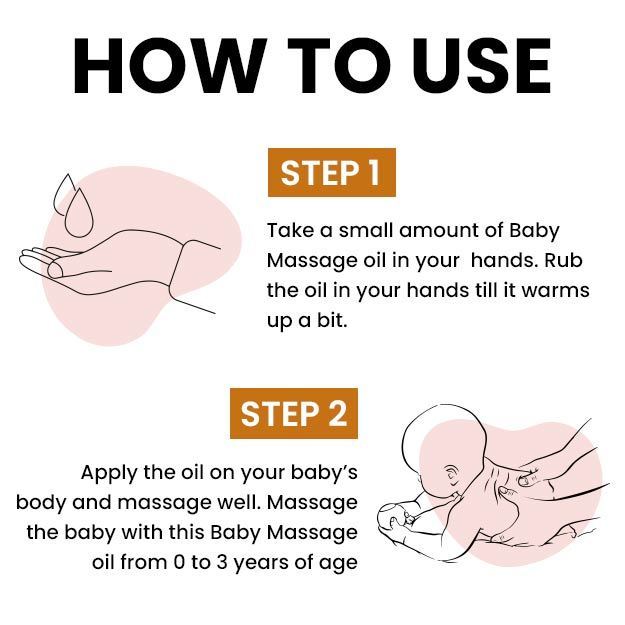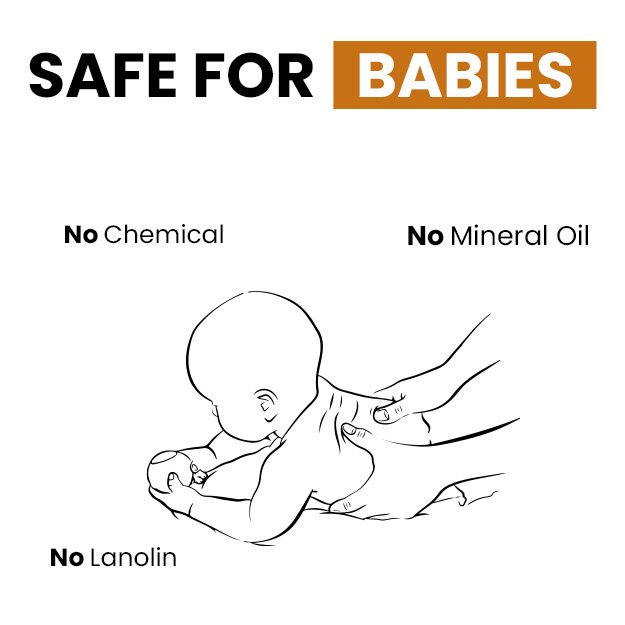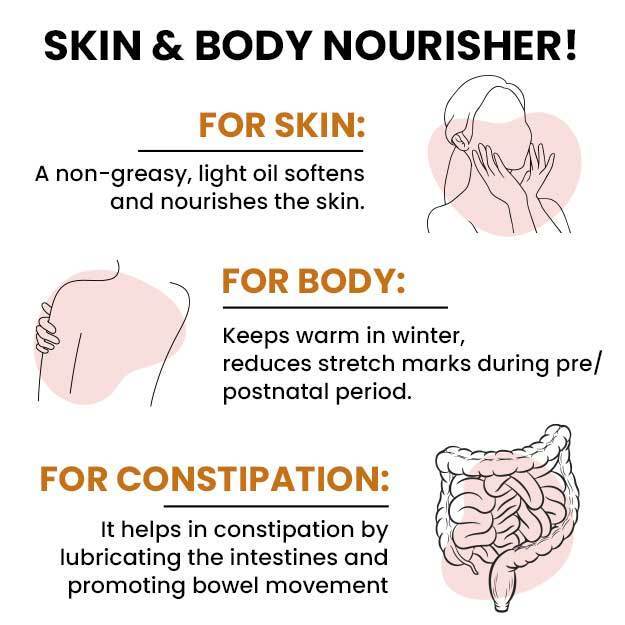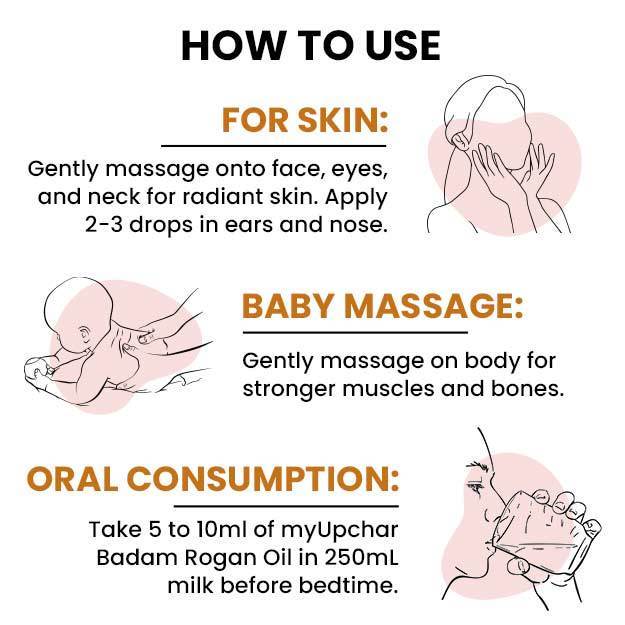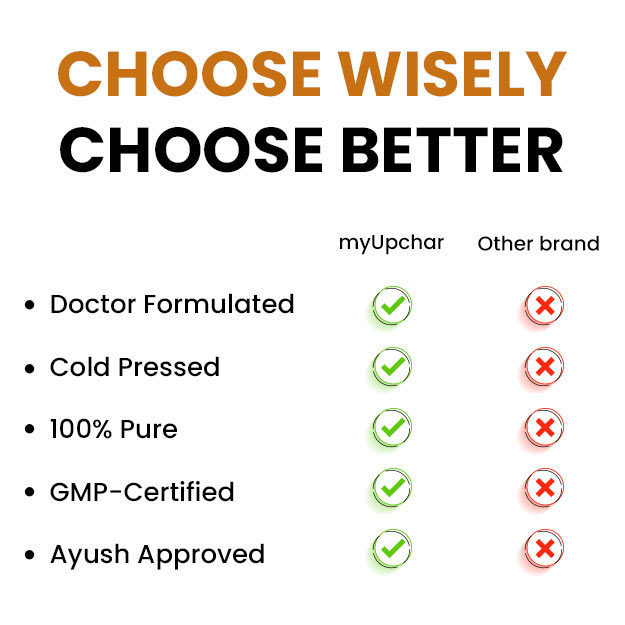The birth of a baby not only makes a woman feel more complete but also it instigates a feeling of responsibility in her. The fact that you have brought a life into this world and can nurture him can make you feel vulnerable and empowered at the same time. Though your newborn will depend on you for all his needs, the very first thing he would need after birth would be food and he is gonna need a lot of it on the first day.
98% Savings - Buy Urjas Massage Oil Just @9 Rs
X

- हिं - हिंदी
- En - English






